Disclosure: This article contains affiliate links. We may earn a commission from purchases at no extra cost to you, which helps our travel content.
The eastern shores of Hawaii's Big Island hide secrets that most guidebooks barely whisper about. While tourists flock to the manicured beaches of Kona, Hilo's coastline remains a treasure trove of volcanic black sand coves, emerald swimming holes, and shorelines where the only footprints you'll find might be your own. As someone who's spent decades capturing the dialogue between architecture and nature, I've found that Hilo's beaches offer something rare in our over-photographed world: genuine discovery.
Kehena Black Sand Beach: Where the Forest Meets the Sea
Nestled along the Puna coastline just south of Hilo, Kehena Beach requires you to earn your paradise. A steep trail descends through ironwood trees before revealing a crescent of midnight-black sand embraced by dramatic cliffs. I arrived at dawn, travel tripod in hand, to capture the interplay of first light on the obsidian shore.
What struck me wasn't just the dramatic beauty, but the intimacy of the space—a natural amphitheater where the ocean performs daily. The beach is clothing-optional on Sundays, attracting a bohemian crowd, but weekday mornings offer solitude and the occasional company of spinner dolphins arcing through the surf.
The volcanic composition of the sand creates a striking canvas against which couples often appear as silhouettes—a photographer's dream. The contrast between the verdant cliff vegetation and the darkness of the shore creates a visual tension that speaks to Hawaii's ongoing creation through fire and water.

💡 Pro Tips
- Visit on weekday mornings for maximum privacy
- The access trail is steep—wear proper footwear, not flip-flops
- Strong currents make swimming risky; enjoy the shoreline unless you're an experienced swimmer
Carlsmith Beach Park: The Sheltered Lagoon
Known to locals as 'Four Mile Beach,' Carlsmith offers something rare in Hilo—a protected swimming area where ancient lava flows have created a natural breakwater. Unlike the dramatic volcanic beaches that dominate the region, Carlsmith presents a series of interconnected turquoise pools where the water remains calm regardless of ocean conditions outside.
What fascinated me as an architectural photographer was how the jagged black lava rock forms natural infinity pools—a design element now coveted in luxury resorts but perfected here by geological forces centuries ago. The contrast between the sharp volcanic rock and the gentle, crystal-clear waters creates a compelling visual narrative about Hawaii's formation.
The park includes grassy areas perfect for picnicking, making it ideal for couples seeking a relaxed day. I recommend bringing a waterproof picnic blanket to spread across the lawn areas between swims. The resident honu (green sea turtles) often feed in the shallows, providing magical underwater photography opportunities if you bring a underwater camera.
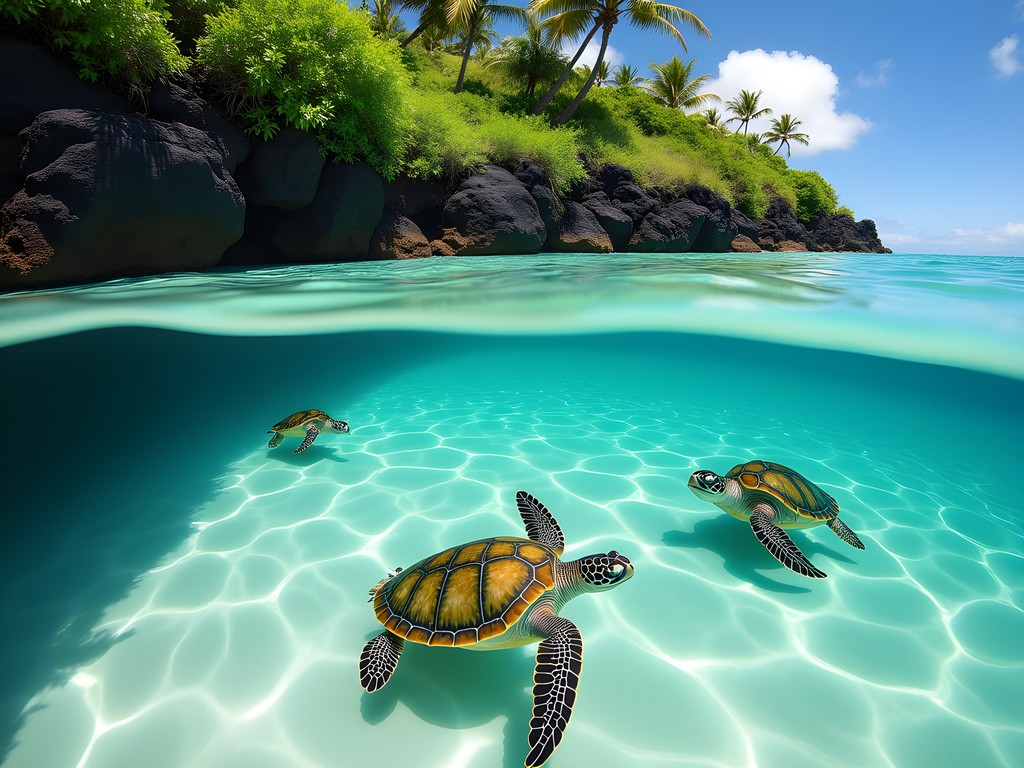
💡 Pro Tips
- Bring water shoes to navigate the lava rock edges comfortably
- Morning visits offer the best water clarity for spotting turtles
- Pack a picnic—this is one of the few beaches with proper facilities
Honoli'i Beach: Where Locals Ride the Waves
Just north of downtown Hilo, Honoli'i Beach offers a glimpse into authentic Hawaiian beach culture. This is where generations of local families have taught their children to navigate the ocean, and where surfing isn't a tourist activity but a continuation of ancient tradition.
The beach features two distinct personalities: a powerful surf break at the mouth of Honoli'i Stream that attracts experienced surfers, and a protected swimming area where the freshwater stream creates a natural pool. The architectural photographer in me was drawn to how the beach is naturally terraced—volcanic shelves creating different elevations that serve as nature's amphitheater for watching surfers.
Visiting at sunset, I captured the silhouettes of local surfers against the fading light, their forms momentarily suspended between water and sky. These moments remind me why I left studio photography behind—no constructed environment can match the authenticity of people in their element, continuing traditions that connect them to place.
Couples who appreciate cultural immersion rather than isolation will find Honoli'i offers a window into local life rarely experienced at resort beaches. Bring a insulated water bottle as there are no concessions nearby.
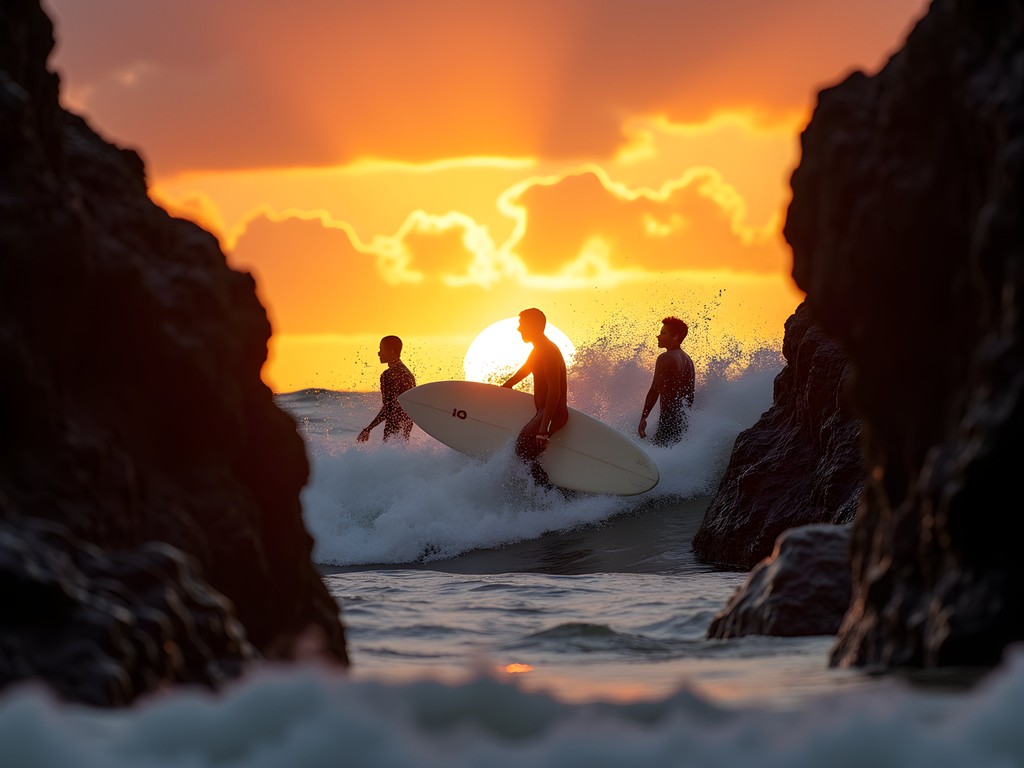
💡 Pro Tips
- Respect local surfers by observing proper surf etiquette if you join in
- The freshwater stream area is perfect for non-surfers to cool off
- Visit late afternoon to watch skilled surfers in golden hour light
Coconut Island (Mokuola): Sacred Sanctuary in the Bay
Sometimes the most extraordinary places exist in plain sight. Coconut Island sits just offshore in Hilo Bay, accessible by a footbridge and visible from downtown, yet many visitors overlook this historical gem. Known to Hawaiians as Mokuola ('Island of Life'), it served as a place of healing in ancient times and a royal residence for ali'i (chiefs).
The island's small, palm-fringed beaches offer intimate swimming spots with views back toward Hilo and the majestic Mauna Kea volcano. What captivated me was the island's perfect proportions—small enough to circumnavigate in twenty minutes, yet containing multiple microclimates and beach types within its modest footprint.
For architectural interest, seek out the remains of a 1930s saltwater swimming pool carved into the lava rock on the island's eastern edge. The pool's crumbling concrete meets volcanic stone in a dialogue between human design and natural forces—the concrete slowly returning to the elements while the volcanic rock remains unchanged.
At sunset, I recommend finding a spot on the western shore with your travel blanket to watch the light change over Hilo town and the distant mountains. The island becomes especially magical as day transitions to evening, when most visitors have departed.
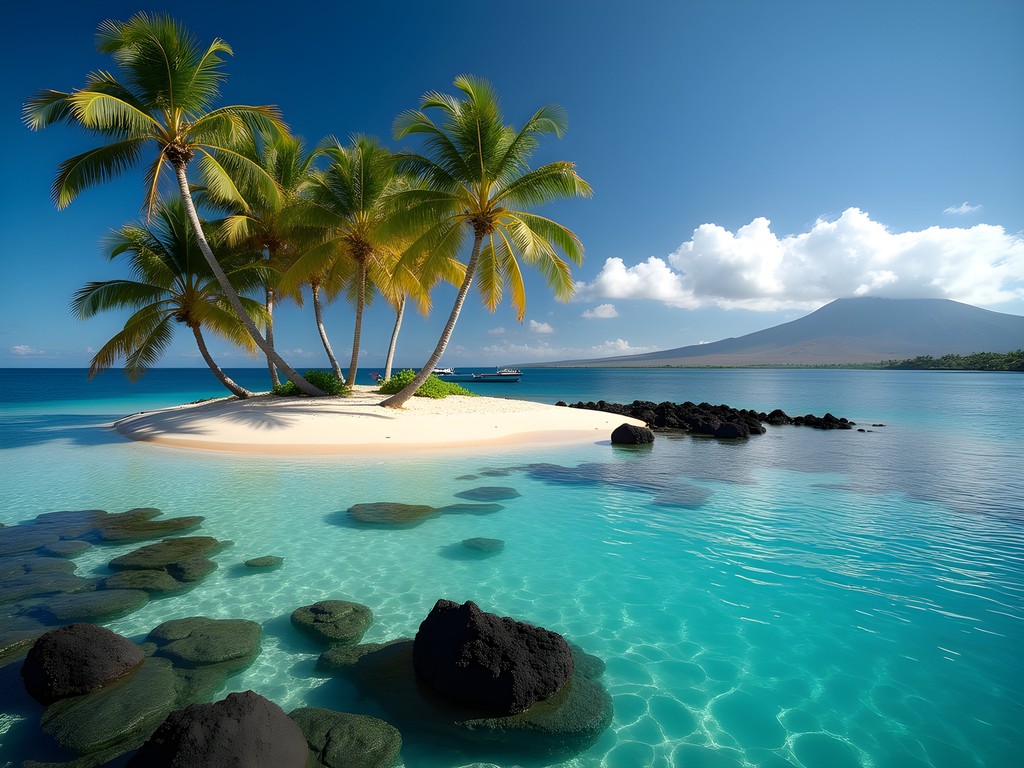
💡 Pro Tips
- Visit during low tide to access the small hidden beaches on the island's perimeter
- Bring snorkel gear for exploring the protected waters around the island
- Pack a small picnic to enjoy under the palm trees—one of Hilo's most romantic lunch spots
Onekahakaha Beach Park: The Family-Friendly Hidden Gem
Not all hidden beaches require difficult access. Onekahakaha offers the rare combination of being both off the typical tourist radar yet easily accessible. This protected beach park features a large, shallow swimming area created by an offshore reef and enhanced by man-made improvements—a perfect example of how Hawaiian beach design often blends natural features with subtle human intervention.
What makes Onekahakaha special for couples is the series of small, protected coves along its perimeter where you can claim a semi-private spot among the lava rock formations. The water here is consistently calm and warm, ideal for floating together while watching clouds drift across Hilo's often dramatic sky.
I spent an afternoon documenting how local families use the space—multiple generations gathering under the shade of ironwood trees, children learning to swim in the protected shallows, elders talking story in beach chairs. There's an architectural wisdom in how the space naturally segments into public and private areas, allowing for both community and intimacy.
For couples who appreciate swimming without waves or currents, this is Hilo's perfect compromise—a safe swimming area with enough hidden corners to find your own space. I recommend bringing a floating waterproof phone case so you can take your device into the water for unique perspectives.
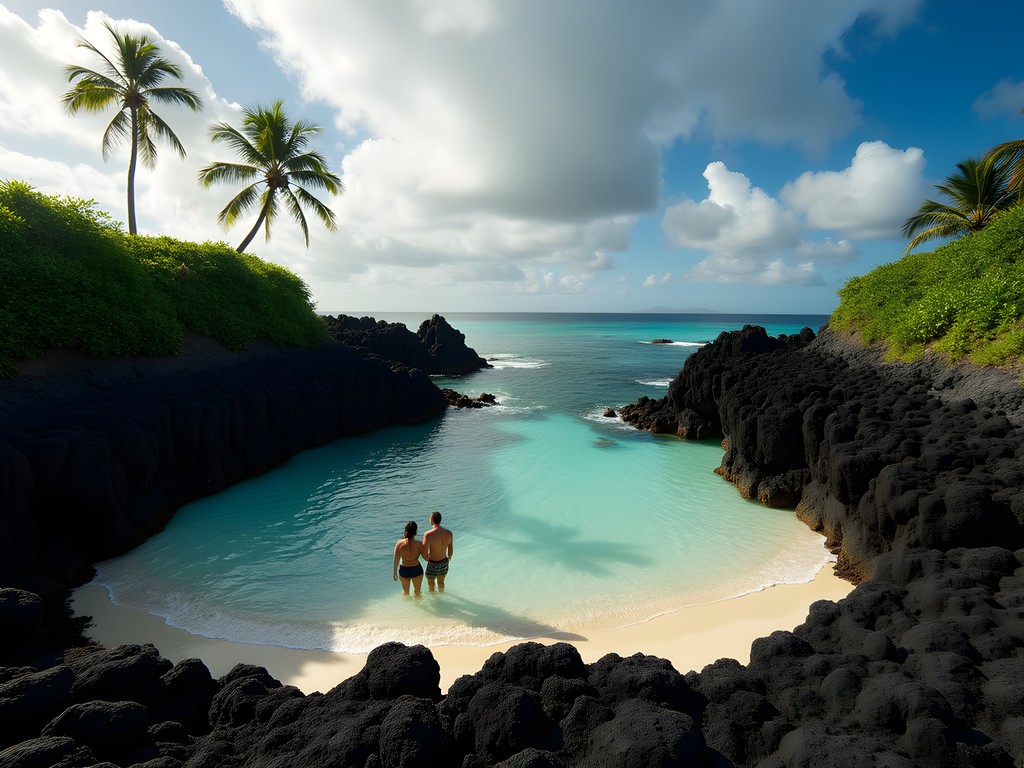
💡 Pro Tips
- Arrive early on weekends to claim one of the semi-private rock alcoves
- The beach is extremely shallow—perfect for floating rather than swimming
- Bring reef-safe sunscreen as there's limited natural shade
Richardson Ocean Park: The Black Sand Snorkeling Haven
Richardson Ocean Park represents what I love most about Hilo's beaches—the seamless blending of cultural significance, natural beauty, and recreational opportunity. Named after the Richardson family who once owned this land, the beach features a striking contrast of black sand, green coconut palms, and a vibrant underwater ecosystem.
What distinguishes Richardson from other black sand beaches is its series of protected pools formed by lava rock outcroppings, creating natural aquariums teeming with colorful fish. The main beach area offers facilities and lifeguards, but venture just a hundred meters in either direction to discover smaller, more secluded coves.
As an architectural photographer, I'm drawn to how the ancient lava flows created natural seawalls and channels, essentially designing the perfect snorkeling environment. The underwater topography includes lava tubes, arches, and caves that provide habitat for Hawaii's marine life—nature's version of a planned community.
For couples interested in snorkeling together, I recommend bringing a full-face snorkel mask which allows for easier communication underwater and a wider field of vision to share discoveries. The kaleidoscope of tropical fish against black lava rock creates a unique underwater color palette unlike the typical coral reef experience.
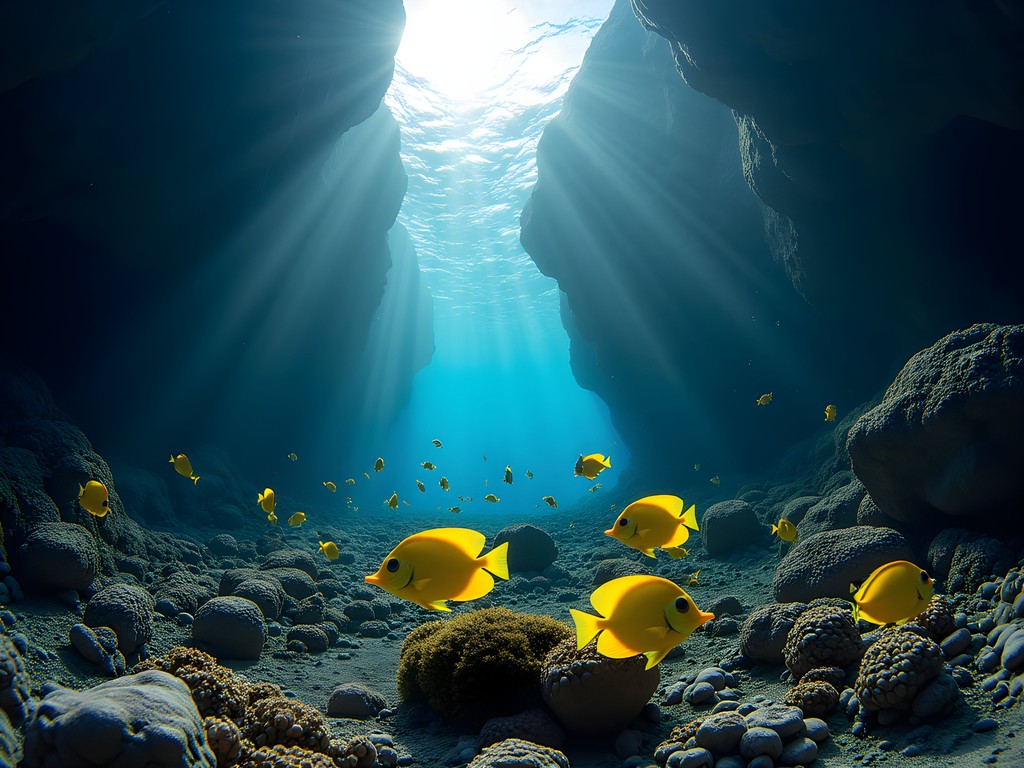
💡 Pro Tips
- Visit during high tide for easier water entry over the rocky shore
- The beach has natural hot springs where freshwater mixes with ocean—seek out these warm spots
- Bring reef shoes as the volcanic rock can be sharp when entering/exiting the water
Laupahoehoe Point: Where History Meets Shoreline
Twenty miles north of Hilo along the dramatic Hamakua Coast lies Laupahoehoe Point—not a swimming beach but a shoreline experience that captures the raw power of Hawaii's relationship with the ocean. The name means 'leaf of lava' in Hawaiian, describing the flat peninsula of lava rock that extends into the churning Pacific.
What draws me back to Laupahoehoe isn't just its visual drama but its historical significance. A memorial stands to the 24 students and teachers lost in the 1946 tsunami that devastated this area—a somber reminder of the ocean's power. As someone who documents the intersection of human structures and natural environments, I find this place particularly moving; the memorial architecture is simple yet profound against the backdrop of crashing waves.
For couples seeking connection with Hawaii beyond postcard beaches, Laupahoehoe offers a contemplative space where the island's beauty and danger exist in perfect balance. The massive black boulders polished smooth by relentless waves create natural seating areas to witness the ocean's performance.
I recommend bringing a weatherproof jacket as the point catches trade winds and spray from waves. Visit near sunset when the light transforms the wet volcanic rock into a mirror reflecting the changing sky—a natural light show that rivals any human design.
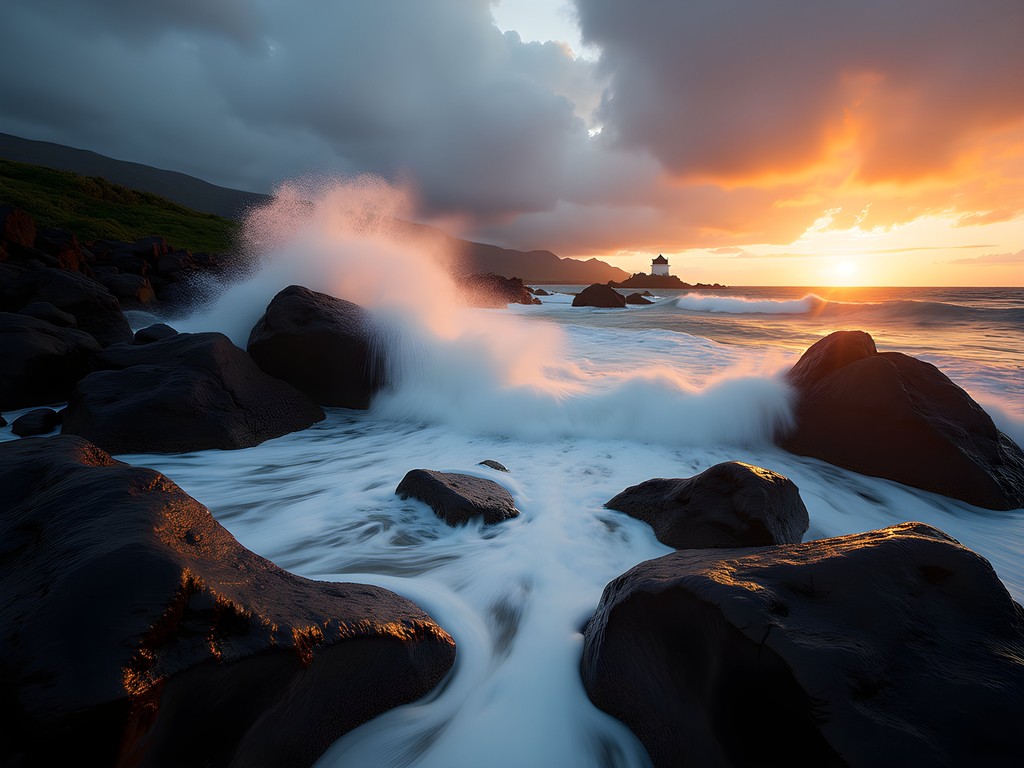
💡 Pro Tips
- Never turn your back on the ocean here—rogue waves can be dangerous
- The grassy park area is perfect for picnics with ocean views
- Look for spinner dolphins offshore, particularly in morning hours
Final Thoughts
Hilo's hidden beaches offer more than just an escape from crowds—they provide a deeper connection to Hawaii's true character. Unlike the manicured resort experiences of the Kona coast, these shores tell stories of geological drama, cultural significance, and the delicate balance between accessibility and preservation.
As a photographer who has documented coastlines worldwide, I find Hilo's beaches uniquely compelling for their visual contrasts: black sand against turquoise water, ancient lava rock against modern concrete ruins, tropical vegetation against volcanic landscapes. These juxtapositions create natural compositions that speak to Hawaii's ongoing creation.
For couples seeking authentic experiences, these seven beaches offer spaces for both adventure and intimacy—moments to challenge yourselves in new environments and quiet coves for connection. The eastern Big Island rewards those willing to step away from the prescribed tourist path with memories that can't be duplicated elsewhere.
Bring your sense of wonder, respect for local culture, and leave nothing behind but footprints in black sand that the next wave will gently erase. Hilo's hidden shores remind us that the most meaningful travel experiences are those where we become temporary participants in a landscape's ongoing story rather than mere spectators.
✨ Key Takeaways
- Hilo's beaches offer dramatic volcanic landscapes unlike typical Hawaiian postcard beaches
- Visiting early morning or weekdays provides the most secluded experiences
- Each beach has unique character—from black sand to protected lagoons to historical sites
- Many hidden beaches require minimal hiking but deliver maximum reward
- Always respect ocean conditions—Hilo's shoreline can be powerful and unpredictable
📋 Practical Information
Best Time to Visit
year-round, though January-March sees more rainfall
Budget Estimate
$100-200/day including accommodations, car rental, and meals
Recommended Duration
3-5 days to explore all beaches at a relaxed pace
Difficulty Level
Beginner To Moderate Depending On Specific Beaches

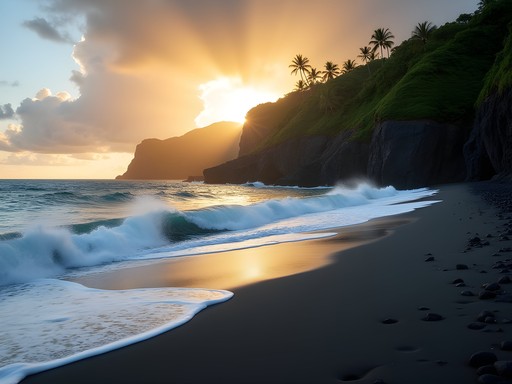

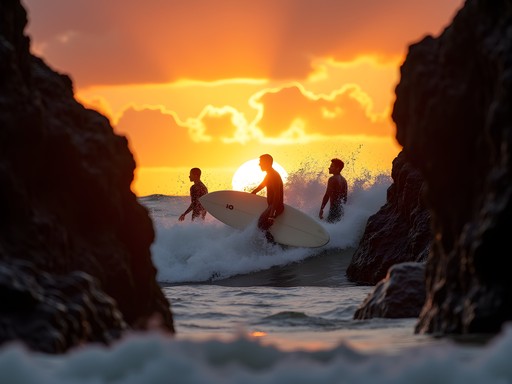
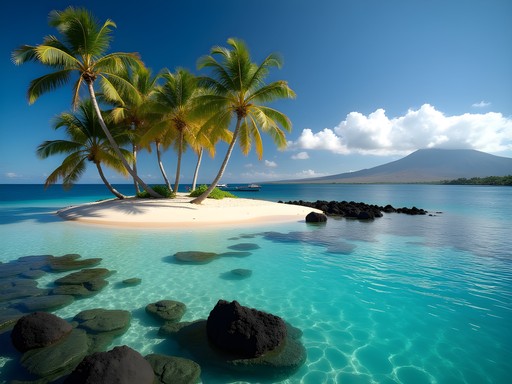
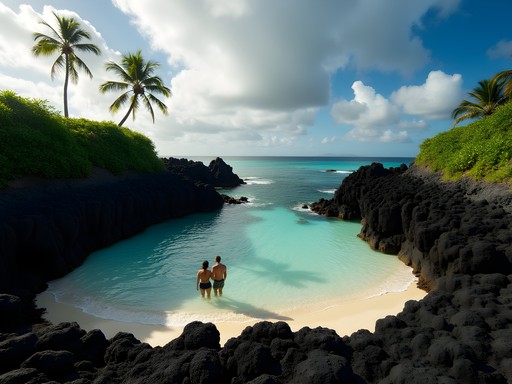
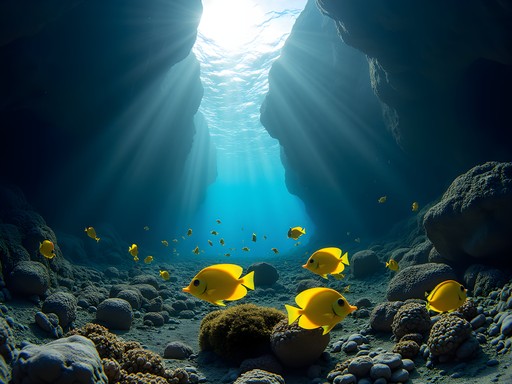


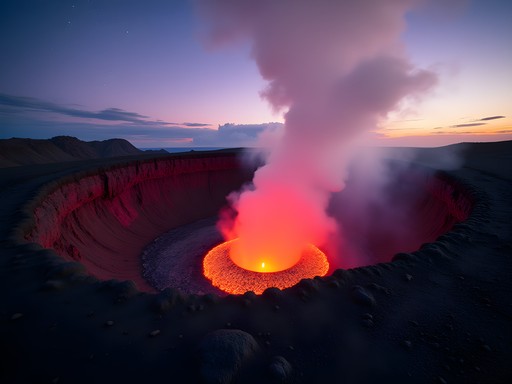
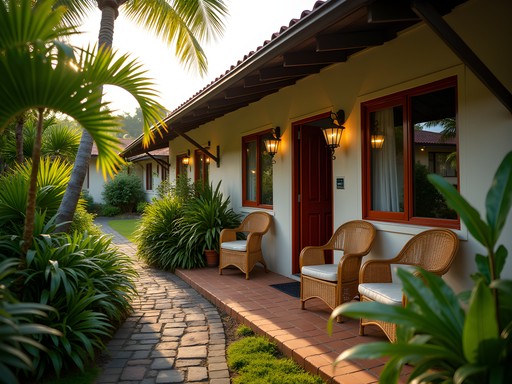
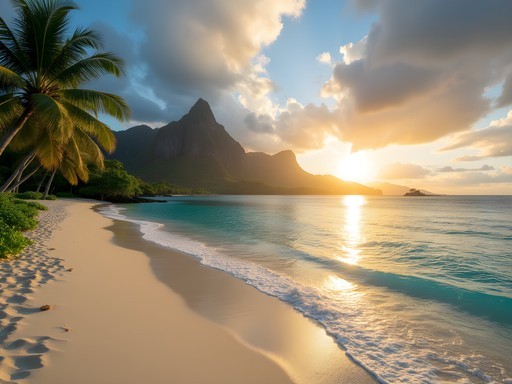
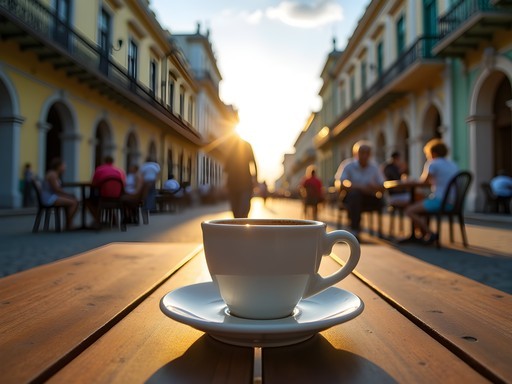
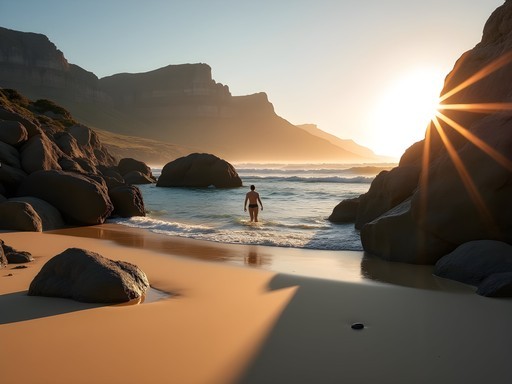
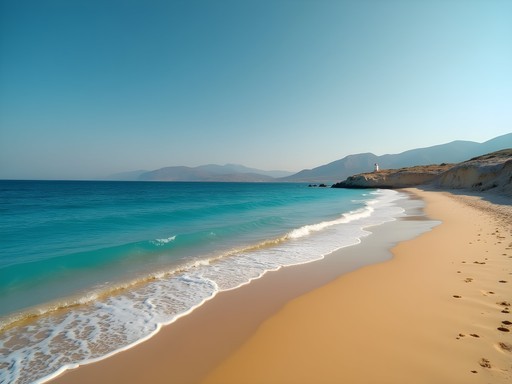
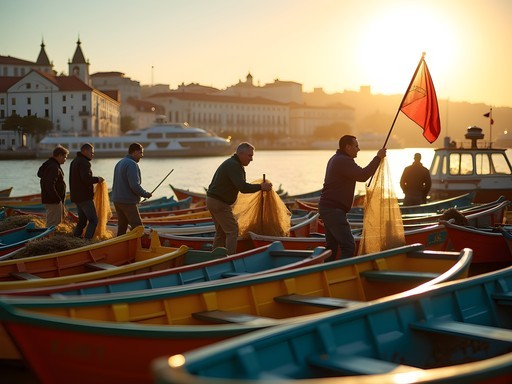
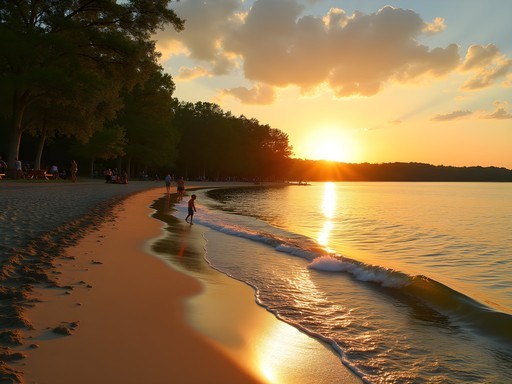
Comments
beachfan
Anyone know if these beaches are still this empty in January? Planning a trip and wondering if Hilo side is worth staying at instead of Kona. Those turtle pics at Carlsmith are amazing!
springguide
We went in January last year and it was perfect! Way fewer people than Kona side. Just be prepared for some rain showers - that's why Hilo is so lush and green. The turtles don't seem to mind the weather though!
Gregory Boyd
Great post Quinn! I'd add that if you're heading to Honoli'i, check the surf report first. When I visited last November, it was way too rough for casual swimmers but perfect for experienced surfers. The locals were super friendly but this isn't a beginner break. Also worth noting that Coconut Island has those amazing jumping platforms that kids love, but there are no facilities there so bring everything you need. I always pack my dry bag to keep valuables safe while island hopping. Kehena sometimes has a clothing-optional crowd on Sundays - just a heads up for families!
beachfan
Thanks for the tip about Sundays at Kehena! Wish I'd known that before accidentally taking my parents there last year 😂
Gregory Boyd
Haha! That must have been quite the family memory! 😄
springguide
Just got back from Hilo last week and can confirm Carlsmith Beach Park is perfect for families. My kids (5 and 7) loved the protected lagoon area and we saw three sea turtles just hanging out! The calm water made it easy for them to snorkel for the first time. Definitely bring water shoes though - those lava rocks are super sharp. We spent two full days there and it never felt crowded like the Kona beaches.
greenmate
Finally! Someone writing about the REAL Hilo beaches. Kehena is magical but that hike down is no joke!
beachfan
Right? I slipped twice going down to Kehena last year. Worth it though!
greenmate
Totally worth it! Did you see any dolphins? We were lucky enough to spot some swimming pretty close to shore.
Frank Carter
Quinn, this post brings back wonderful memories! I spent a month in Hilo last year and fell in love with Honoli'i Beach. The local surf community there is incredibly welcoming if you're respectful. I'd watch the surfers every morning with my coffee before the crowds showed up. One tip for your readers: Coconut Island (Mokuola) has an amazing sunrise view of Mauna Kea when it's clear. Worth getting up early for! The small swimming area on the Hilo-facing side is perfect for a quick dip after watching the sun come up. I'd add Onekahakaha Beach Park to this list too - another great family-friendly spot with calm waters when the tide is right. The shallow protected pools are perfect for keiki (children).
shutterbugliz
Those sunrise shots at Kehena are incredible! What time did you have to get there?
Quinn Jackson
Thanks! I was there around 5:30am in September. The light was perfect by 6:15. Bring good shoes for the trail down - it's steep!
backpackdiver
Anyone know if there's decent snorkeling at any of these spots? I'll be bringing my full-face snorkel mask and hoping to see some good marine life without fighting crowds.
roamzone
Carlsmith has decent snorkeling with turtles guaranteed! Richardson's Beach Park (not sure if it was mentioned in the article) has the best reef structure though. Just be careful of currents if you go beyond the protected areas.
citywalker
Great post! Are any of these beaches good for kids? Planning a family trip in November and wondering which ones are safest for swimming with little ones.
Frank Carter
Carlsmith Beach Park (Four Mile) is perfect for families! The lagoon is protected by natural rock barriers that keep the water calm. Plus there are restrooms and picnic tables. My kids loved watching the sea turtles that hang out there. Just remember the no-touch rule with marine life!
citywalker
Thanks Frank! That's exactly what I needed to know. Adding Carlsmith to our must-visit list!
roamzone
Just got back from Hilo last week and I can confirm Kehena Black Sand Beach is absolutely magical! We went early morning (around 7am) and had it almost to ourselves. The contrast between the black sand and blue water is unreal. Just a heads up though - the trail down is steeper than it looks in photos. Wear proper shoes, not flip flops like I did! 😅
citywalker
Did you see any dolphins there? I heard they sometimes come close to shore at Kehena!
roamzone
Yes! We saw a small pod around 8am. Absolutely incredible experience. Just remember it's totally wild - they come when they want to, not on a schedule.
adventuremom
Going to Hilo with kids (8 and 10) next month. Which of these beaches would be best for them?
HiloLocal
Definitely Carlsmith! Protected lagoon, shallow water, and they might see turtles. Coconut Island is good too - there's a small jumping platform the kids will love.
adventuremom
Perfect, thanks! My kids will go crazy for the turtles.
Venture X
Premium card with 2X miles, $300 travel credit, Priority Pass